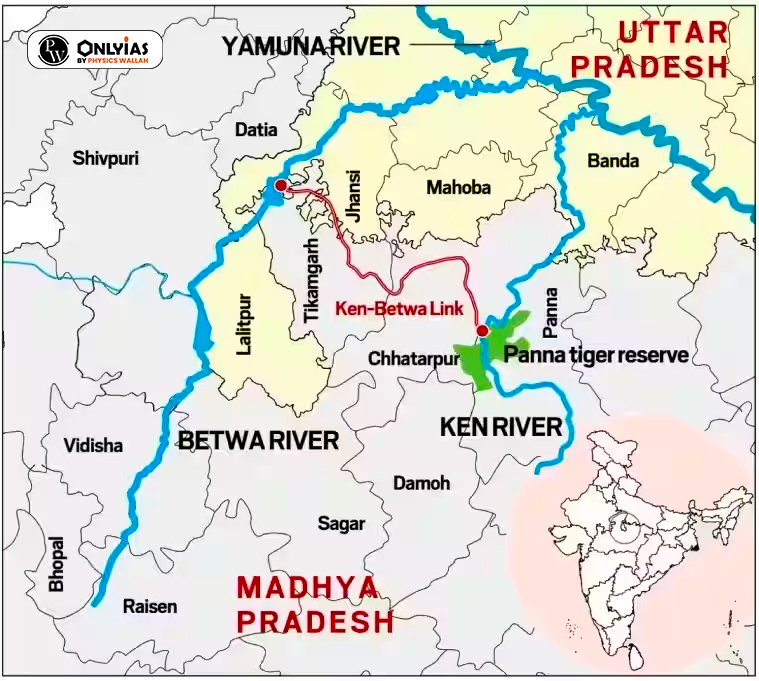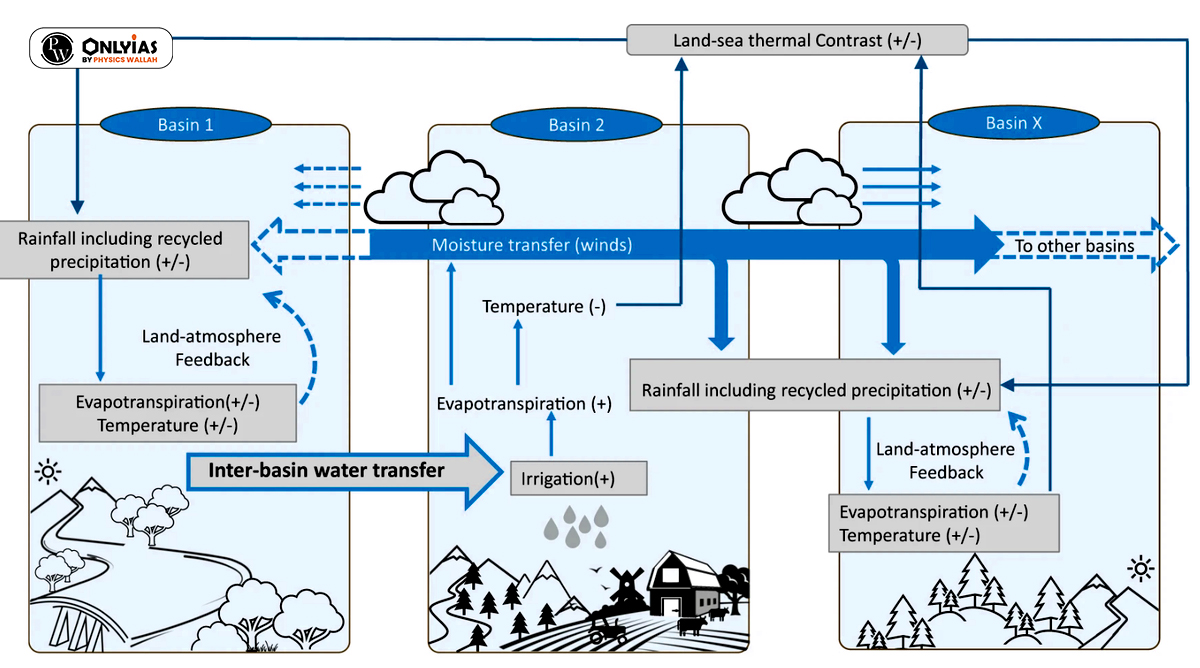



| Habitats: Section 2 (h) of FRA, “Habitat includes the area comprising the customary habitat and such other habitats in reserved forests and protected forests of primitive tribal groups and pre-agricultural communities and other forest dwelling Scheduled Tribes.” |
|---|
| Attempt the PY Prelims Question
Which of the following are envisaged by the Right against Exploitation in the Constitution of India?
Select the correct answer using the code given below:
Ans: C |
|---|
Source: Indian Express

| Attempt the PY Prelims Question
Consider the following statements:
Which of the statements given above is/are correct?
Ans: B |
|---|
News Source: The Indian Express
| Attempt the PY Prelims Question
With reference to bio-toilets used by the Indian Railways, consider the following statements:
Which of the statements given above is/are correct?
Ans: D |
|---|
News Source: Economic Times


| Capital adequacy ratio: It governs the capital that a bank ought to hold as a percentage of its total assets.
Asset quality: Tells us what portion of the loans is unlikely to be paid back, reflected in the net non-performing asset ratio. Leverage ratio: It shows how much a lender has stretched itself in borrowing funds to generate income. The more the leverage, the riskier the turf on which the lender stands. |
|---|
| Attempt the PY Prelims Question
Pradhan Mantri MUDRA Yojana is aimed at;
Ans: A |
|---|
News Source: The Hindu
| Relevancy for Prelims: Water Resources in India, Ken Betwa Link Project, National River Linking Project (NRLP), National Water Development Agency (NWDA), National Perspective Plan, and National Board for Wildlife (NBWL).
Relevancy for Mains: Ken Betwa Link Project, Challenges related to Ken Betwa link project, and advantages of interlinking rivers in India. |
|---|
Previous examples of river-linking in India
Global Example
|
|---|



Also read: The Dynamics of the Kaveri River Water Dispute
The Ken Betwa Link Project, while holding promises of addressing water scarcity and fostering development, faces challenges such as legal scrutiny, ecological concerns, and potential disruptions to local communities. Balancing its advantages and challenges is crucial for a sustainable and inclusive water management approach in India.
| Attempt the PY Prelims Question
Gadgil Committee Report’ and ‘Kasturirangan Committee Report’, sometimes seen in the news, are related to;
Ans: D |
|---|
| Relevancy for Prelims: India Africa Relations, India Africa Partnership, Africa Expert Group (AEG), African Union(AU), G20 Summit 2023, India Africa Forum Summit, and African Continental Free Trade Area (AfCFTA).
Relevancy for Mains: India Africa Ties; Historical, Trade, Defence, Education, and Health, Building BRICS, Current challenges in India Africa relations and way forward for resolving them. |
|---|


What are the Kampala principles of the OECD?
|
|---|
ALSO READ: INDIA-BRAZIL-SOUTH AFRICA (IBSA)
Strengthening India Africa relations through closer collaboration in politics, economics, and culture can help both regions overcome challenges and achieve shared development, security, and prosperity.
| Attempt the PY Prelims Question
Consider the following statements:
Which of the statements given above is/are correct?
Ans: A |
|---|
SC Verdict on Newsclick Shows Adherence to Due Pro...
Stay Invested: On Chabahar and India-Iran Relation...
Credit Rating Agencies, Impact on India’s De...
Catapulting Indian Biopharma Industry
Globalisation Under Threat, US Import Tariffs Have...
Global Report on Hypertension, Global Insights and...
<div class="new-fform">
</div>
